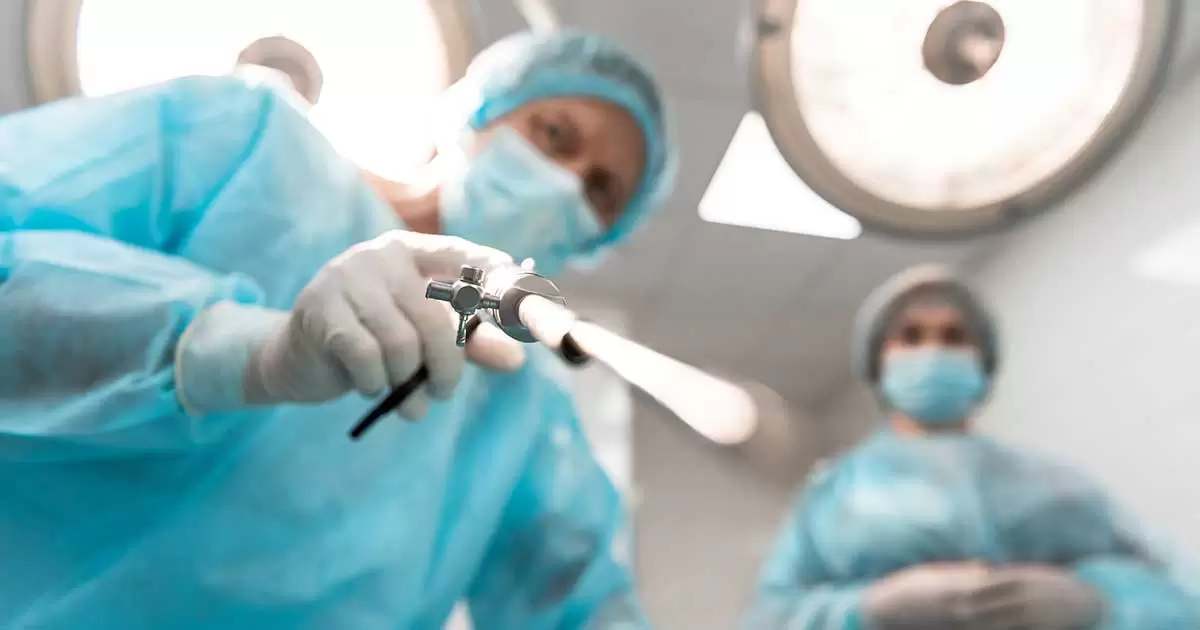
Prostate Cancer
Home > Health Info > Health Articles

Risk Factors:
- Age: Your risk of prostate cancer increases as you age.
- Family history: If males in your family have had prostate cancer, your risk may be increased. Also, if you have a family history of genes that increase the risk of breast cancer or a very strong family history of breast cancer, your risk of prostate cancer may be higher.
- The cells in the prostate are pathologically abnormal changes.
Symptoms/ Warning Signs:
Prostate cancer may cause no signs or symptoms in its early stages.
Prostate cancer that’s more advanced may cause signs and symptoms such as: trouble urinating, decreased power in the stream of urine, blood in semen, discomfort in the pelvic area, bone pain and erectile dysfunction.
Diagnosis:
- Digital rectal exam (DRE). During a DRE, your doctor inserts a gloved, lubricated finger into your rectum to examine your prostate, which is adjacent to the rectum.
- Prostate-specific antigen (PSA) test. If a higher than normal level is found, it may indicate prostate infection, inflammation, enlargement or cancer.
- Magnetic resonance imaging (MRI)
- Transrectal ultrasound with biopsy (TRUS): a small probe about the width of a finger is lubricated and placed in your rectum. The 12 samples of tissue from your prostate gland will be taken to look for cancer cells.
- MRI/Ultrasound Fusion Biopsy: the use of multiparametric 3T MRI presents a major advancement in prostate cancer detection and diagnosis because of its superior imaging ability over ultrasound alone. Fusion is a process that blends these technologies to create a detailed, 360° prostate map by merging previously captured MRI images with live TRUS images while the ultrasound wand is inserted. Only a very small number of urologists have the necessary knowledge, equipment and software to practice fusion imaging.
Treatment
The treatment options:
- Laparoscopic radical prostatectomy is a minimally invasive surgery procedure used to remove a patient’s cancerous prostate. Laparoscopic surgery differs from traditional open surgery by making small incisions as opposed to one large one to perform the surgery. This leads to less abdominal trauma, better cosmetic outcomes, and typically a faster recovery process.
- Radiation therapy is the use of high-energy rays to destroy cancer cells. The types of radiation therapy used to treat prostate cancer include: External-beam radiation therapy and Brachytherapy.
- Chemotherapy (chemo) uses anti-cancer drugs injected into a vein or given by mouth. These drugs enter the bloodstream and go throughout the body, making this treatment potentially useful for cancers that have spread (metastasized) to distant organs.
- Hormone therapy is used to stop your body from producing the male hormone testosterone, which fuels the growth of prostate cancer cells. The doctor may recommend hormone therapy for prostate cancer as an option at different times and for different reasons during your cancer treatment.
Share :




